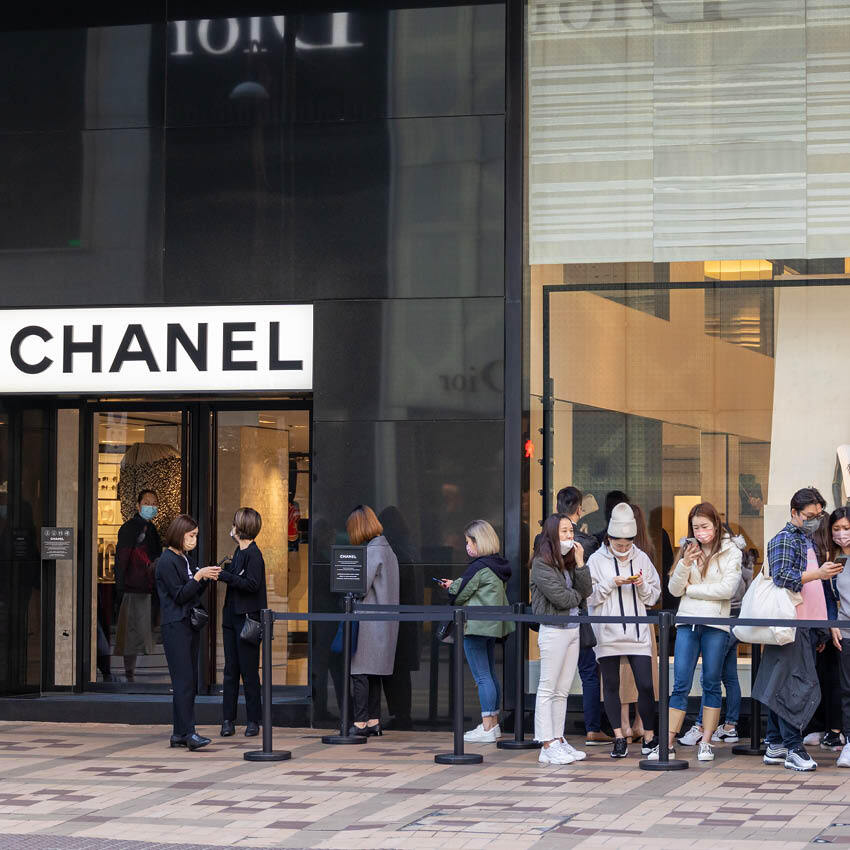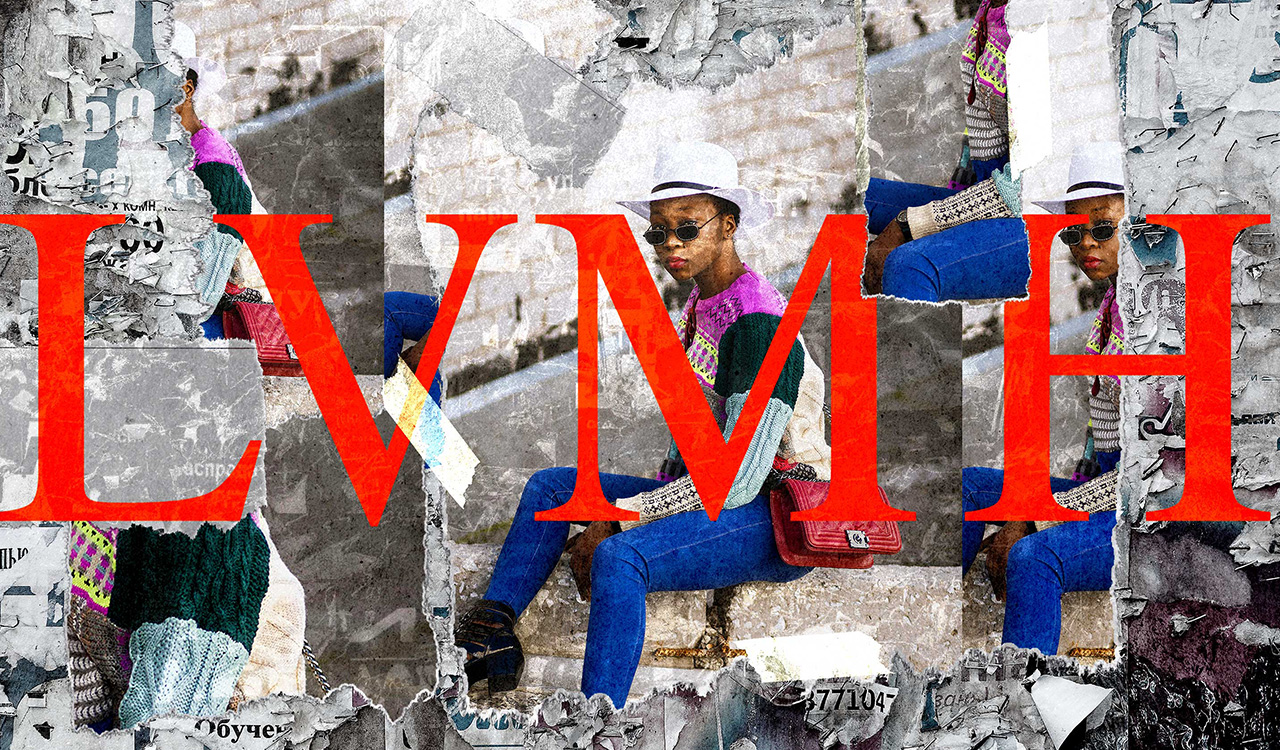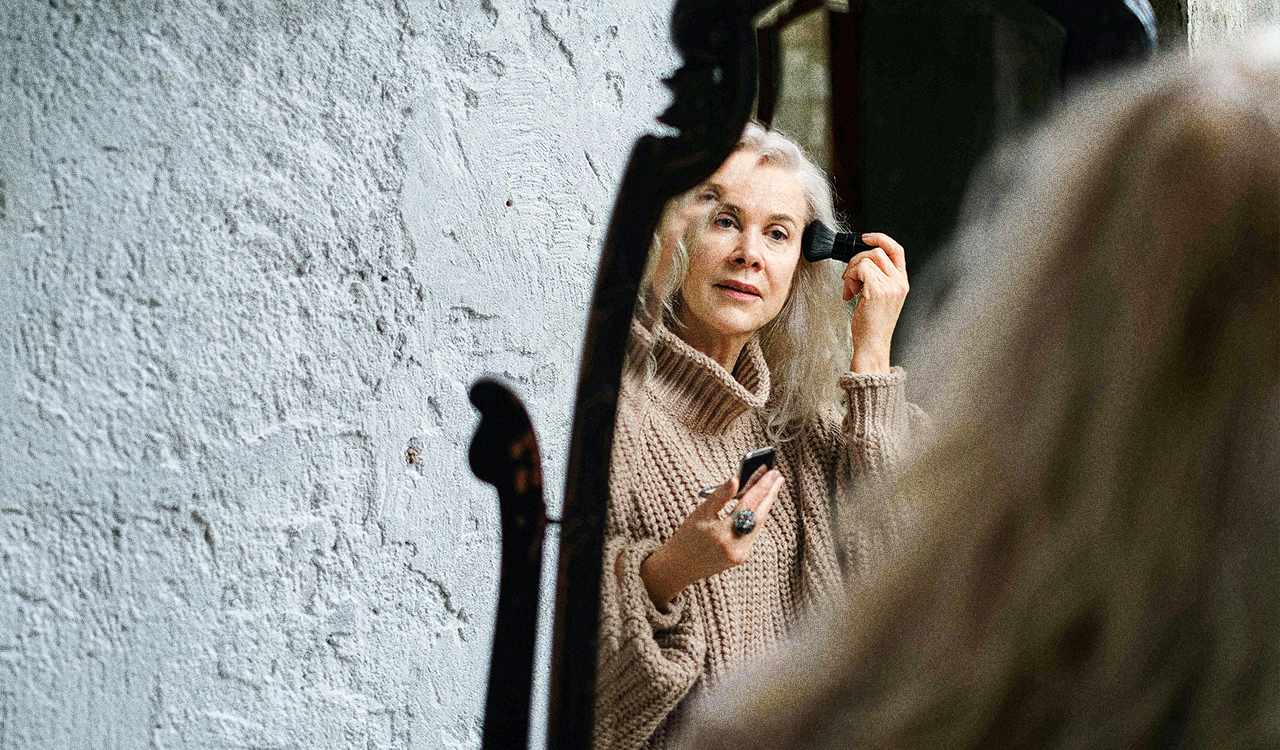Let’s talk context. The origins of luxury goods go back to the 18th century when the retail model was developed for an aristocracy – the landed gentry with money to spend. In France, Italy, Spain, and England, aristocratic wealth spawned a category of high-quality expensive goods. Jewelry and clothing were just the entry points. Look at the history of Gucci, Rolex, LVMH, Rolls Royce and you will see the clear link between money and privilege. In their brand origin stories, money had a peaches and crème complexion.
First Generation Wealth
In the 1990s an exploding entrepreneurial economy fostered the birth of first-generation wealth. Today, the overwhelming percentage of global wealth is in the hands of people who earned it in their own lifetimes. Carlos Slim, Elon Musk, Jeff Bezos, Murkesh Amabani, and Jack Ma are just a few of the new money billionaires. With first-generation wealth came a profound change in the traffic luxury merchants received. There also came a paradigm shift in luxury brands helping self-made wealth (versus legacy generational wealth) understand and master the symbols and behaviors of a luxury lifestyle. The new face of affluence threw the old rules out the window. Some of us were amused when it was pointed out that dot-com billionaires were cruising in $100 million yachts but dressing out of the Land’s End catalog.
Before the pandemic, tour operators packaged shopping vacations for Middle Eastern and Indian families that picked them up at their homes, took them to the airport and got them to London or Paris and then to hotels close to the shopping venues. And more importantly, they helped customers get whatever they purchased through customs.
European merchants in the 90s were first horrified when hordes of Middle Eastern and Asian tourists invaded and altered the in-store climate. What was shocking to the merchants was their new visitors’ desire not to buy one handbag, but rather six or ten. Over the past 10 years, merchants like Canada Goose have experienced the same shopping behavior as many Asian customers bought multiple coats and paid in cash. Some stores took in a healthy six figures in cash almost daily.
Shopping Tourism
It didn’t take too long before the merchant community realized that Asian shoppers were often financing their trips by reselling the luxury goods they brought home. In Japan, China, and Korea, luxury goods were also viewed as a form of savings like gold coins and art. My Japanese friends describe cleaning out a deceased parent’s home and finding handbags and other brand name luxury goods stuffed into closets; liquid assets to convert into cash when needed.
At the time, the merchants’ first response was to selectively limit the number of items that one tourist could buy. Many of us may remember being approached by Asian tourists on the Champs-Élysées and Rue Saint Honoré asking us to make purchases for them.
Walk into Galleries Lafayette in Paris today and the in-store luxury boutiques have waiting lines. Luxury retail in emerging markets has documented an increase in gawker traffic necessitating a security presence at the door. In any case, shopping tourism is real. Some brands have realized that a back door and “membership” hours are a solution. I was told several years ago that 80 percent of purchases at the Ralph Lauren Store on Madison Avenue came from “back door” customers. Holt Renfrew, the Canadian department store in Toronto has a separate entrance for key customers through a doorway in the office building next door. Selfridges has separate dressing rooms for “private shoppers.” Neiman Marcus stores in their prime, prospered on the purchasing habits of only 100 key customers in an individual market.
Before the pandemic, tour operators packaged shopping vacations for Middle Eastern and Indian families that picked them up at their homes, took them to the airport and got them to London or Paris and then to hotels close to the shopping venues. And more importantly, they helped customers get whatever they purchased through customs.
By 2005, some high-end London stores reported 60 percent of their transactions were to offshore credit cards and had never in their history taken in more cash, much of it from Middle Eastern women. Those women prompted some basic changes both in operating culture and merchandise offerings. If you are a well-to-do English woman with an attractive young man kneeing at your feet helping you try on shoes, it is part of a pampered pleasure. For a good Muslim woman, it is unacceptable to have a strange man touching any part of you. Shoe sales increased dramatically when the sales help started adjusting who helped whom. In a typical Middle Eastern or Indian home, it is common to have three, sometimes four generations living under the same roof. Rethinking sleepwear offerings was also important. What does your brother’s wife wear pre-bedtime in the company of your mother and within eyeshot of other family males?
Cultural Mores
Will international shopping ever return to London, Paris, and New York? The answer is not to pre-pandemic levels. Other cities across the world are poised to supersede these shopping destinations. The language skills at the shopping malls in Dubai are impressive. The staffs’ skillsets are fluid, adjusting their style of service based on a shopper’s origin: the wife of Sudanese warlord and the Iranian woman wearing a Chanel scarf are interacted with differently. I was in the fine jewelry section of Bloomingdale’s last month and asked about language skills on the floor and if anyone spoke Portuguese; all I got was a blank look.
Expanded Services
Dubai, Doha, Singapore, and Bangkok have started to package medical services with shopping. Shopping malls in Bangkok have doctors and dental offices. The hospitals are very modern, very digital and the staff is often trained in prestigious western universities. The quality of care and costs put American hospitals to shame. More than one medical care pundit has asked when American insurance companies will recognize that it might be cheaper to fly a patient to Bangkok or Dubai for planned surgeries or dental implants at significant cost savings to them. Earlier this month the Mayo Clinic announced they would partner building a hospital on the Indonesian island of Bali –one of Southeast Asia’s key tourist destinations
Cultural Shifts
Hotels are readjusting. A friend from the UAE vacations with a family group of 22 – sons, daughters, wives, children, and maids. The typical western hotel may have adjoining rooms, but it is designed for singles, couples, and nuclear families. The idea that a luxury hotel has the flexibility to fit a large family group is a tough one for operators of classic properties. Before the pandemic hit there was talk that the Waldorf might consider a redesign based on the perception of its new Chinese owners. We’ll see.
The UAE family vacations and shops in Thailand. My friend Abdulla talks about comfort and the quality of the welcome as being so different than in Paris, London, or New York. If his mother wants to cover her head, no one stares at her. The restaurants make it clear they serve Halal meats and aren‘t offended when the Muslim family passes on consuming alcohol at a fancy restaurant. Try not ordering wine at dinner at a five-star restaurant in Paris. Affluence has many faces and traditions.
A Connected World
The retail world has to address its cultural conscious and unconscious biases. With the expansion of global travel and cross-cultural exposure, it is irresponsible to ignore the sensibilities of visitors from other countries. Retail tops the list of activities that all cultures enjoy and seek out when traveling. Luxury brands know how to cater to international customers; the same can’t be said for many major legacy retailers. Offering language services and being sensitive to different cultural traditions are table stakes. Take a page out of the luxury playbook to serve customers with respect and empathy. Global luxury looks different today, and we can’t make assumptions about customers based on our own perceptions.




